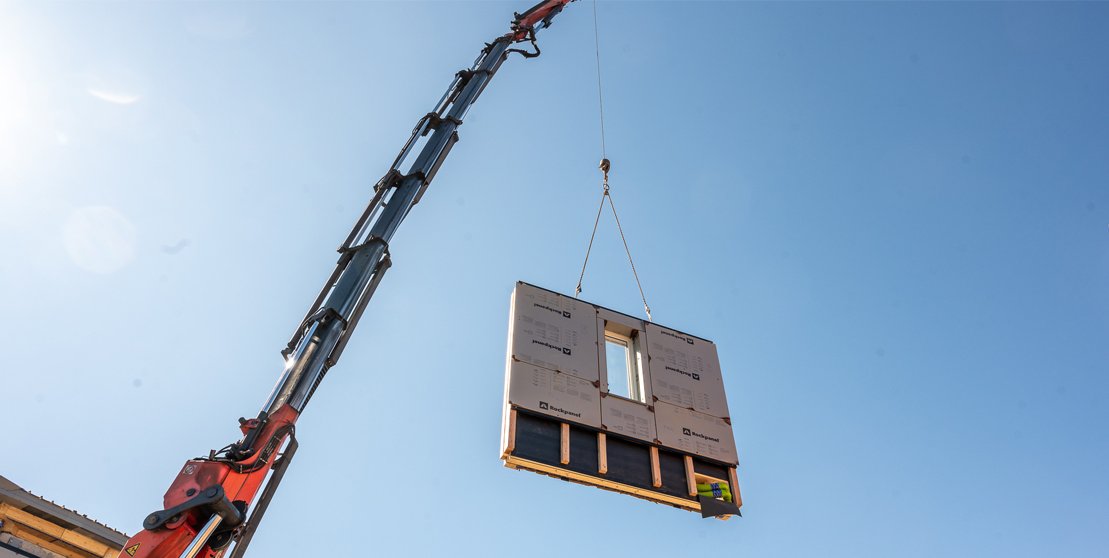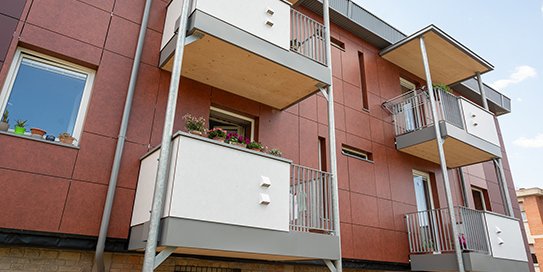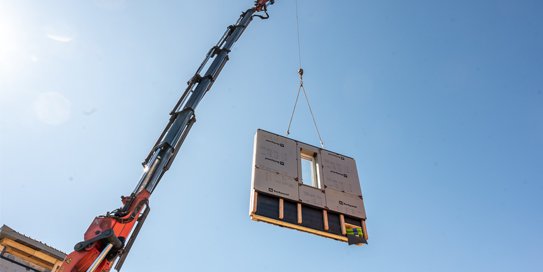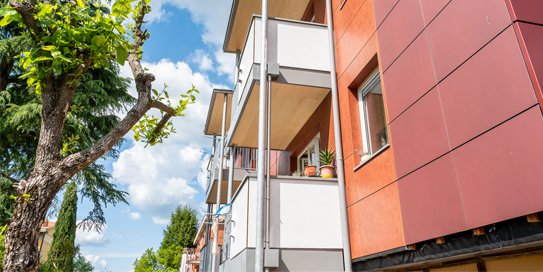Design better, build faster, earn more: the advantages of industrialised deep retrofit
Industrialised deep renovation combines deep energy retrofits with off-site construction methods to achieve significant energy efficiency targets for buildings set by the European Union.
This approach is innovating the renovation sector, moving away from traditional on-site construction towards a more industrialised and efficient method. Various stakeholders in the construction industry can benefit from it.

General contractors: a shift from construction to assembly

With industrialised deep renovation, the work of general contractors is shifted from traditional construction activities to the assembly and integration of prefabricated components. This means that several advantages and opportunities can arise.

Reduced construction time, lower costs
Using prefabricated components to retrofit building: this reduces on-site construction time, enabling general contractors to complete projects more quickly and take on more projects annually. The reduced reliance
on on-site work also translates to lower costs.

More predictability, less risks
Using prefabricated components allows for better project planning and scheduling, reducing the risk of delays and cost overruns. Thus, renovation projects become more predictable, and project management more efficient.

Safer working conditions
Factory production of building components offers safer working conditions for workers compared to traditional, on-site construction. This can lead to reduced insurance costs and a better safety record on-site.

Highly skilled workers
Assembling components means a higher specialization of the worker: this specialisation requires different skills and can create new opportunities for training and workforce development, as well as making this kind of job more appealing.
See how buildings are being retrofitted with prefabricated technologies.
Financial gains and opportunities for real estate development firms

As the renovation of building is becoming central to meet the European Union sustainability targets, real estate developers can enhance their projects and at the same time align with regulations. Industrialised deep renovation brings financial advantages in the renovation sector.


Increased building value
Improving a building's energy efficiency, aesthetics, comfort, durability, and lifespan means an extremely upgraded building, which will have a higher market value.

Faster return on investment
The reliance on off-site manufacturing and more streamlined on-site assembly can significantly reduce construction and renovation time. This accelerated project completion allows developers to lease or sell renovated properties sooner, generating revenue more quickly.

Reduced financial exposure
Prefabrication makes the retrofit more predictable and standardized: it means less uncertainty in project schedules and costs. This reduced risk minimizes financial exposure for developers.

Scalability and replication of projects
The unit cost of prefabricated components decreases as the volume of retrofit projects increases, making it a cost-effective approach in the long run. The standardization and modularity facilitate the replication of designs and processes across multiple projects.
See how buildings retrofitted with industrialised solutions look and function.

Growing demand for innovative solutions: a opportunity for manufacturers

The shift towards prefabrication in deep retrofit creates a growing market for innovative, prefabricated building components and systems designed for energy efficiency.
Solution providers who can develop and deliver high-quality, cost-effective industrialised solutions will be well positioned on this expanding market.
The factory-based production model of industrialised solution allows solution providers to optimize production processes, achieve economies of scale, and reduce unit costs. This leads to enhanced efficiency and profitability compared to traditional, on-site construction methods. Specializing in the development and production of specific building components or systems allows solution providers to refine their expertise.
See some of the prefabricated solutions being developed to retrofit buildings.





